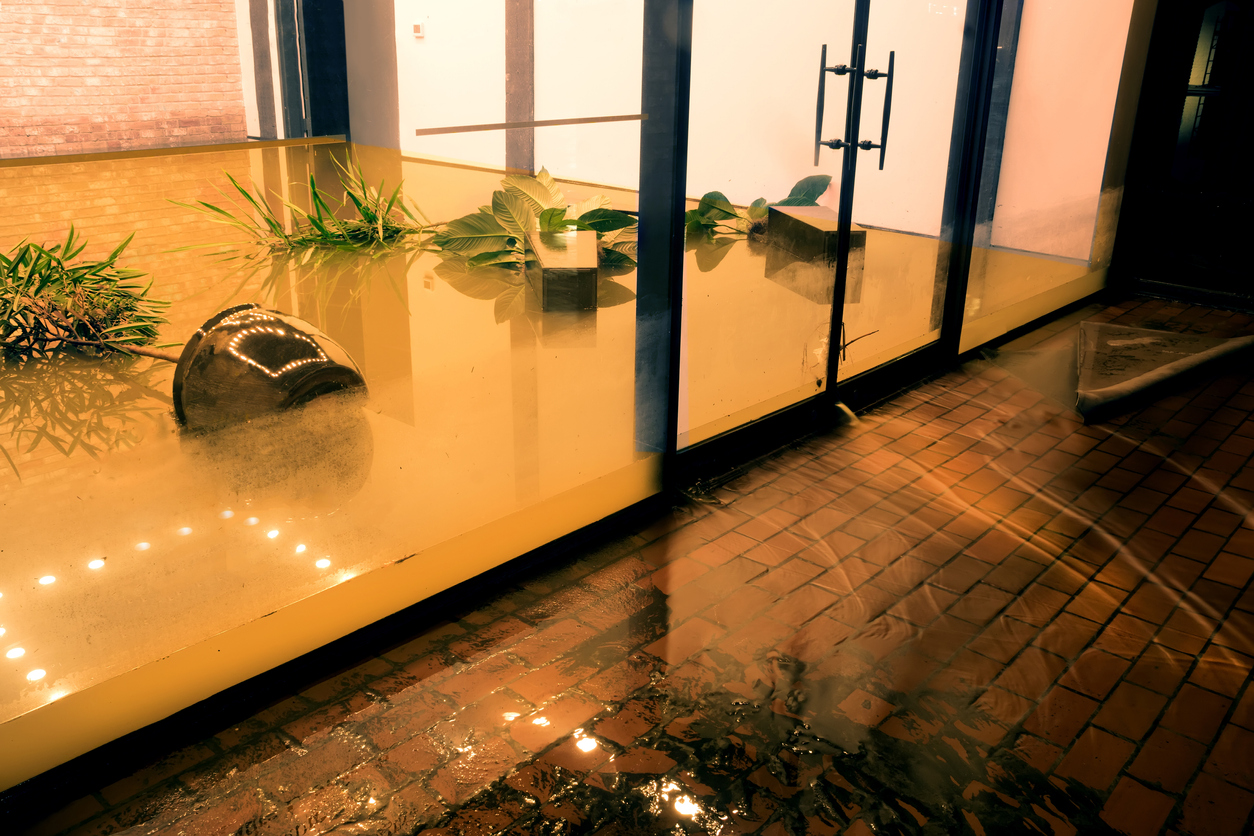Hurricane and Tropical Storm Eta caused intense flooding with 13 inches of rainfall and storm surge along the Gulf Coast of Florida. Eta also prompted flash flooding, road closures, and water rescues as it moved across the state into the Carolinas. I know a few of the folks who experienced flooding in their homes on Davis Island, Florida, where I race sailboats in my spare time.
It’s important for policyholders to be able to differentiate between coverage to insured property under a homeowner’s insurance policy and coverage to insured property under a flood insurance policy issued through the National Flood Insurance Program (“NFIP”). Homeowners and business owners affected by flooding need to understand what may and may not be covered under a flood policy and the strict deadlines enforced by the NFIP.
First things first. Know the flood zone you live in and read your policy. This will direct you to the basic coverage afforded to your home after a flood loss. Many homeowners are surprised to find that flood damage to structure or contents located below the lowest elevated floor may not be covered under a flood insurance policy. Under the Dwelling Policy Form, homeowners should note the following provision contained in the Standard Flood Insurance Policy (“SFIP”):
Article III. Property Covered
A. COVERAGE A – BUILDING PROPERTY
We insure against direct physical loss by or from flood to:
. . . .
7. The following items of property which are covered under Coverage A only:
a. Awnings and canopies;
b. Blinds;
c. Built-in dishwashers;
d. Built-in microwave ovens;
e. Carpet permanently installed over unfinished flooring;
f. Central air conditioners;
g. Elevator equipment;
h. Fire sprinkler systems;
i. Walk-in freezers;
j. Furnaces and radiators;
k. Garbage disposal units;
l. Hot water heaters, including solar hot water heaters;
m. Light fixtures;
n. Outdoor antennas and aerials fastened to buildings;
o. Permanently installed cupboards, book cases, cabinets, paneling, and wallpaper;
p. Plumbing fixtures;
q. Pumps and machinery for operating pumps;
r. Ranges, cooking stoves, and ovens;
s. Refrigerators; and
t. Wall mirrors, permanently installed.
8. Items of property in a building enclosure below the lowest elevated floor of an elevated post-FIRM building located in Zones A1-A30, AE, AH, AR, AR/A, AR/AE, AR/AH, AR/A1-A30, V1-V30, or VE, or in a basement regardless of the zone. Coverage is limited to the following:
a. Any of the following items, if installed in their functioning locations and, if necessary for operation, connected to a power source:
(1) Central air conditioners;
(2) Cisterns and the water in them;
(3) Drywall for walls and ceilings in a basement and the cost of labor to nail it, unfinished and unfloated and not taped, to the framing;
(4) Electrical junction and circuit breaker boxes;
(5) Electrical outlets and switches;
(6) Elevators, dumbwaiters, and related equipment, except for related equipment installed below the base flood elevation after September 30, 1987;
(7) Fuel tanks and the fuel in them;
(8) Furnaces and hot water heaters;
(9) Heat pumps;
(10) Nonflammable insulation in a basement;
(11) Pumps and tanks used in solar energy systems;
(12) Stairways and staircases attached to the building, not separated from it by elevated walkways;
(13) Sump pumps;
(14) Water softeners and the chemicals in them, water filters, and faucets installed as an integral part of the plumbing system;
(15) Well water tanks and pumps;
(16) Required utility connections for any item in this list; and
(17) Footings, foundations, posts, pilings, piers, or other foundation walls and anchorage systems required to support a building.
If you have suffered a flood loss, immediately contact your agent or desk adjuster to report a claim. If you do not hear back from the adjuster within a few days, then follow-up, follow-up, and follow-up again. Document all flood damage by taking photographs and videos of the damaged property. Do not discard any flood damaged items without first taking multiple photographs and allowing the insurance adjuster to inspect the damaged property. Be sure to take photographs of the make, model, and serial number of damaged electronics or appliances.
There is much more to know about flood insurance claims. But among the most important information to know is be sure to submit a sworn proof of loss within 60 days from the date of loss. The Federal Emergency Management Agency (“FEMA”) often grants an extension on filing sworn proofs of loss after a named storm event. Unfortunately, FEMA has so far failed to allow an extension to file a proof of loss after Tropical Storm Eta. It is imperative that homeowners and business owners submit a completed and notarized proof of loss to FEMA within 60 days from the date of loss in order to move forward with a flood loss claim.
If you haven’t already, take a look at Ten Tips for Flood Insurance Claims written by Chip Merlin.
If you have questions regarding your flood insurance policy and the deadlines strictly enforced under the NFIP, please contact a property insurance professional today.




